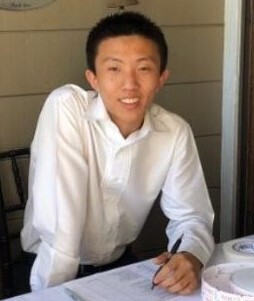Genshin Impact Review
November 27, 2020
Amidst the multitude of games that became immensely popular during quarantine, “Genshin Impact,” a title released by Chinese video game developer miHoYo, sets itself apart by being a largely solo venture. There are several elements delivered through the world that makes the game an enjoyable experience, but its shortcomings in the actual gameplay make it difficult to contend that “Genshin” is anything above decent.
“Genshin” pushes the boundaries of a typical gacha game—a genre in which the player rolls for items and characters—by placing its mechanics in a “Zelda:Breath of the Wild”-esque world. This is likely the main reason why “Genshin” has managed to reach a broader Western audience, exposing them to the addictive allures of wishing for pixels on a screen. The game does contain an overarching storyline, but most of your time will be spent grinding for character materials and finding collectibles in an open world. The first twenty hours of the game is spent introducing you to this world and is a captivating introduction, but the flaws of the game design become apparent as the game loses its charm as you progress.
The most glaring issue is the resin system. Comparable to rechargeable energy in mobile games, the system severely limits progression due to how little you are given each day. You could buy more resin with real money, but the conversion rate is subpar and not everyone has hundreds of dollars to spend on a game. The system disincentivizes play and needs to be far more lenient or be completely removed if miHoYo wants to keep people interested.
Combat is also lackluster, which is a shame considering how satisfying some of the mechanics are. Enemy AI is mundane and boss fights, excluding the most recent one, are uninspired. It’s demoralizing that the only rewarding thing about characters you took so long to build is watching the damage numbers increase. It might be a harsh criticism considering this is a gacha game, but it would be nice to see bosses fleshed out in the future.
Genshin’s exteriors shine brightly, but its contents aren’t quite as polished as they need to be. The game has potential to retain its popularity for several years, but as of now, miHoYo is relying on the production of fresh content to foster a sense of progression and keep players interested. Genshin set a new standard for gacha, but its longevity will be jeopardized if miHoYo refuses to exchange profit margins for a better player experience.
























































